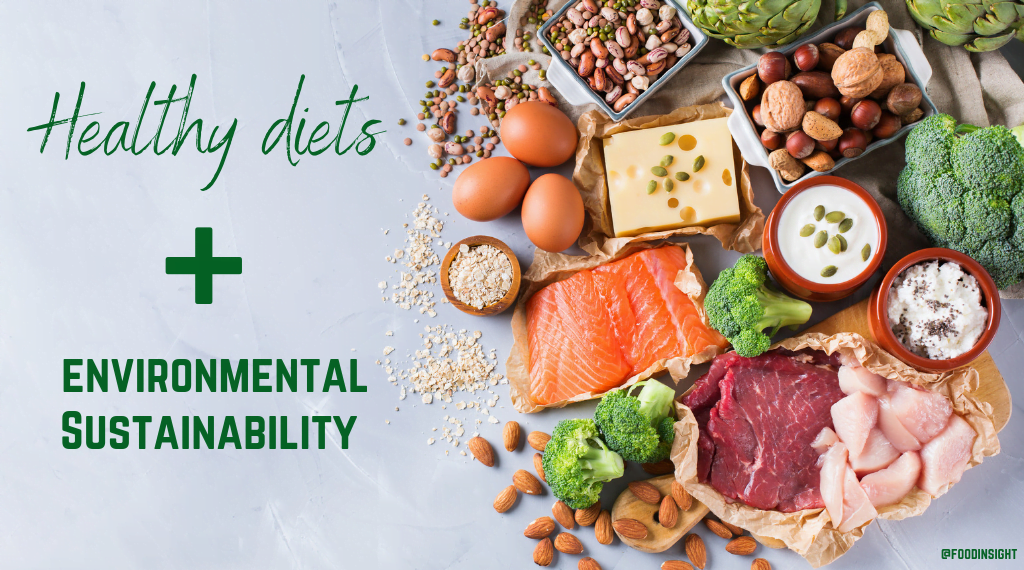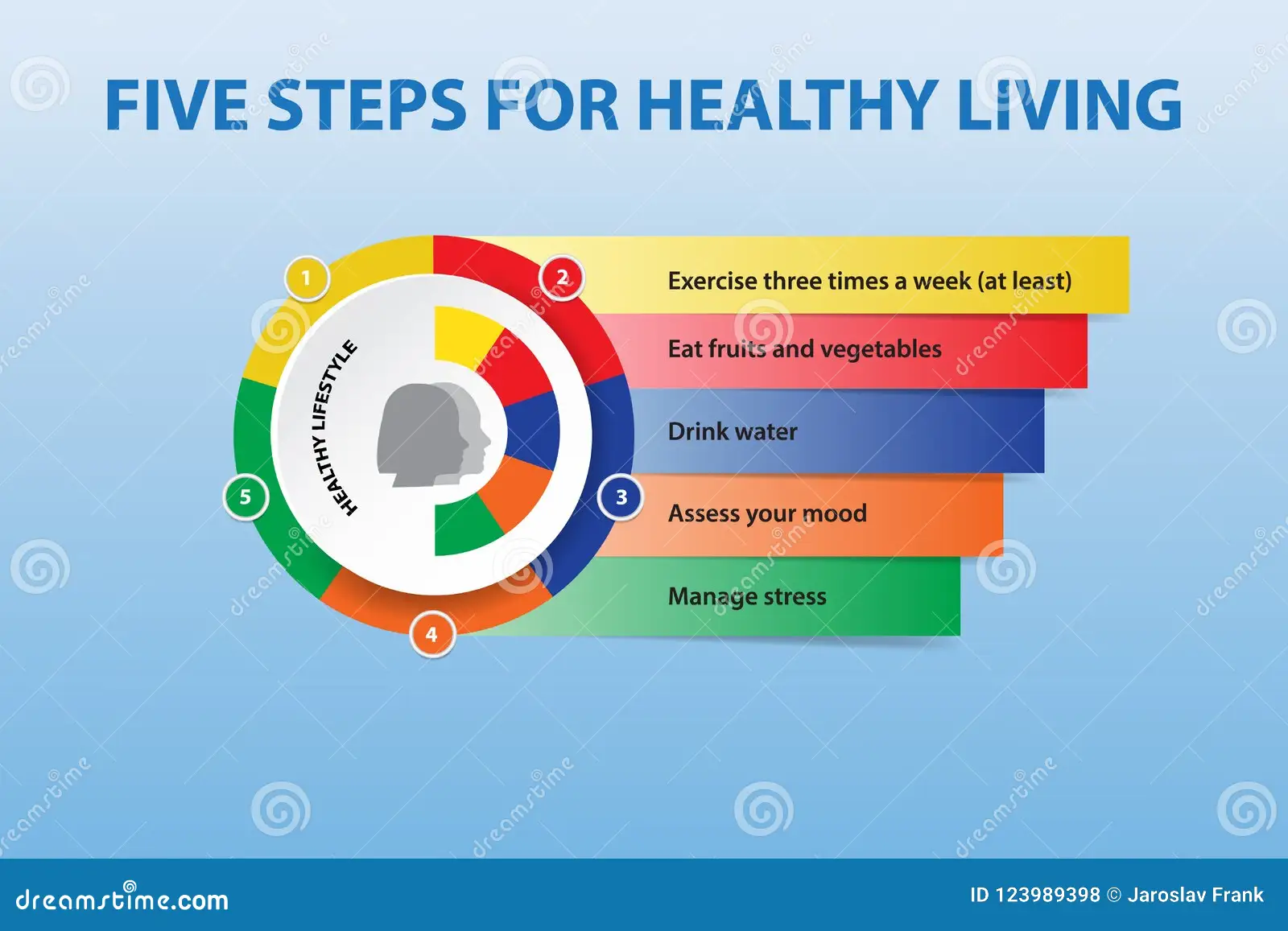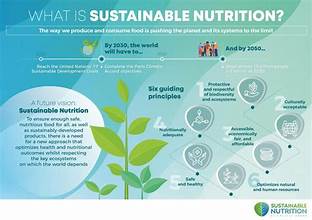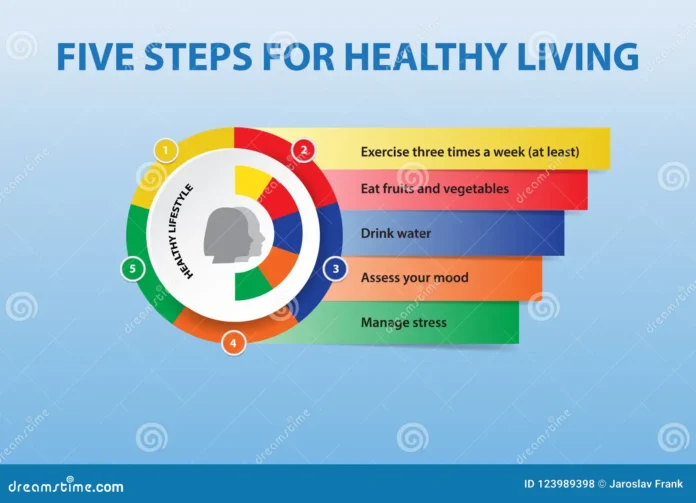
In today’s fast-paced world, maintaining a healthy lifestyle can often feel like a daunting task. As we strive to balance our busy schedules with personal well-being, adopting a sustainable nutrition plan becomes essential. This guide will walk you through effective strategies and practical tips for achieving a balanced, nutritious diet that not only supports your health but also contributes to environmental sustainability.
1. Understanding Sustainable Nutrition
Sustainable nutrition refers to the practice of choosing foods that are beneficial for both personal health and the environment. This approach focuses on consuming a variety of nutrient-rich foods while minimizing environmental impact. Key principles include:
- Minimizing Animal Products: Reducing the consumption of meat and dairy can significantly lower your carbon footprint. Plant-based diets are not only heart-healthy but also reduce greenhouse gas emissions.
- Emphasizing Local and Seasonal Foods: Opting for locally grown and seasonal produce helps reduce the environmental cost associated with transportation and storage.
- Reducing Food Waste: Efficient meal planning and mindful consumption can help you avoid excessive food waste, which is a major contributor to environmental degradation.
2. Key Components of a Sustainable Diet Plan
A well-rounded sustainable diet plan incorporates the following elements:
2.1. Plant-Based Foods
- Fruits and Vegetables: Aim to fill half your plate with colorful fruits and vegetables. These foods are rich in essential vitamins, minerals, and antioxidants.
- Legumes and Whole Grains: Beans, lentils, quinoa, and brown rice are excellent sources of protein and fiber. They also have a lower environmental impact compared to animal-based proteins.
2.2. Sustainable Protein Sources
- Nuts and Seeds: Almonds, chia seeds, and flaxseeds offer healthy fats and protein while being more sustainable than meat.
- Plant-Based Alternatives: Products such as tofu, tempeh, and plant-based meat substitutes can help meet your protein needs without the high environmental costs of traditional meat production.
2.3. Healthy Fats
- Avocados and Olive Oil: These fats are not only good for your heart but also come from sustainable sources.
- Limit Saturated Fats: Reducing intake of saturated fats from animal products can decrease your risk of heart disease and lower your environmental impact.
3. Practical Tips for Implementing a Sustainable Diet
3.1. Meal Planning and Preparation
- Create a Weekly Menu: Plan your meals ahead of time to ensure you include a variety of nutrients while minimizing food waste.
- Batch Cooking: Prepare large quantities of staples like grains and legumes that can be used in multiple meals throughout the week.
3.2. Shopping Smart
- Buy in Bulk: Purchasing grains, nuts, and seeds in bulk can reduce packaging waste and often save money.
- Use a Reusable Bag: Bringing your own reusable bags to the store can help reduce plastic waste.
3.3. Mindful Eating
- Practice Portion Control: Be mindful of portion sizes to prevent overeating and reduce food waste.
- Stay Hydrated: Drinking plenty of water is essential for overall health and can help you maintain a balanced diet.
4. Benefits of Sustainable Nutrition
4.1. Improved Health
A diet rich in plant-based foods, whole grains, and healthy fats can lead to better heart health, lower risk of chronic diseases, and enhanced overall well-being.
4.2. Environmental Impact
By choosing sustainable food sources, you contribute to the reduction of greenhouse gas emissions, decrease water usage, and help preserve natural resources.
4.3. Economic Savings
Sustainable eating often involves less expensive ingredients like beans, lentils, and seasonal produce, which can lead to cost savings over time.
5. Overcoming Common Challenges
5.1. Accessibility
Access to fresh, local produce may vary depending on your location. Consider joining a community-supported agriculture (CSA) program or shopping at local farmers’ markets to support sustainable agriculture.
5.2. Taste Preferences
Transitioning to a more plant-based diet can take time. Experiment with different recipes and cooking methods to find meals you enjoy and that satisfy your nutritional needs.
6. Conclusion
Embracing sustainable nutrition is a powerful way to improve your health and make a positive impact on the environment. By focusing on plant-based foods, sustainable protein sources, and mindful eating practices, you can create a diet plan that supports a healthier lifestyle while contributing to a more sustainable world. Start small, make gradual changes, and stay committed to your goals for a better, more balanced life.










